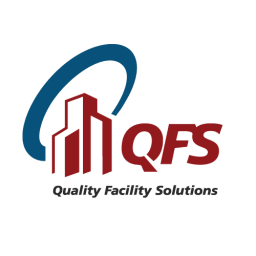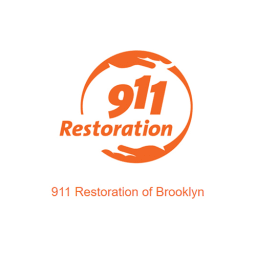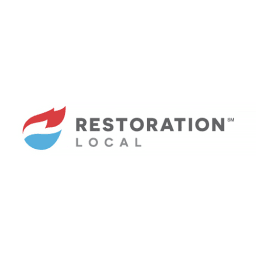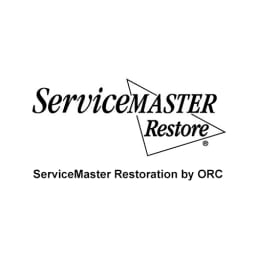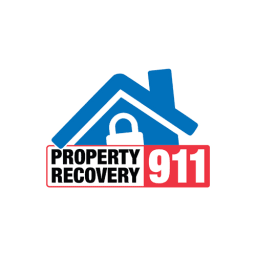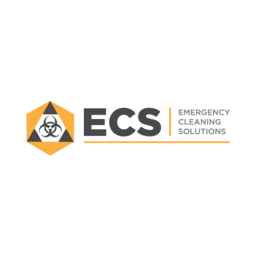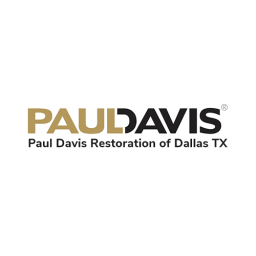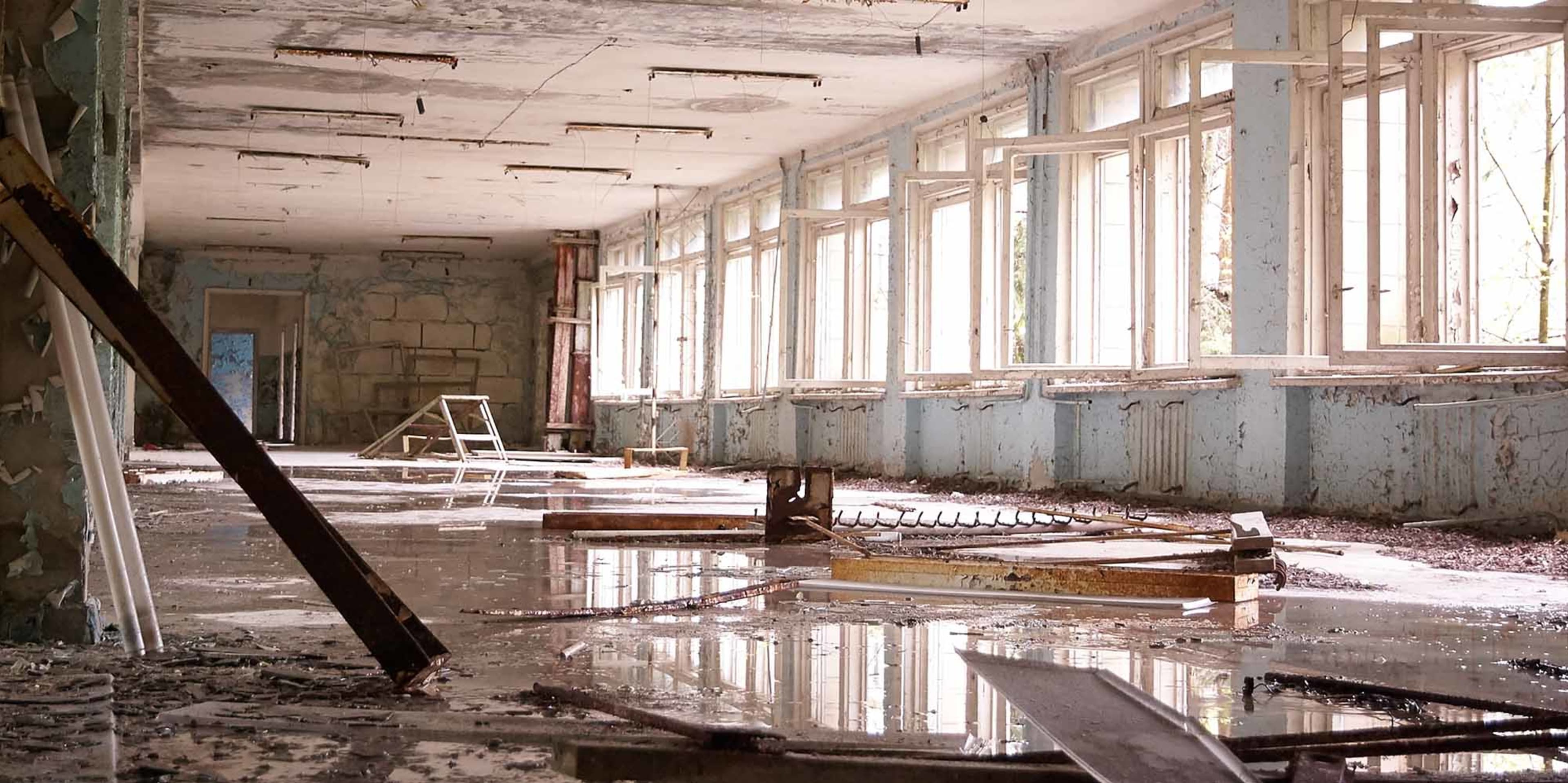
2024

Best Mold Remediation Companies
Find a Top-Ranked Mold Remediation Company Near You
We did the research for you!
- Licensing
- User Reviews
- Mystery Shopping Calls
Learn about our selection process.
Top Mold Remediation Companies
= Featured Provider
New York, NY
Restoration Local
New York City, NYExpertise.com Concierge Service
New York, NYQFS
75 Taaffe Pl, Brooklyn, NY 11205
Los Angeles, CA
Restoration Local
Los Angeles, CAExpertise.com Concierge Service
Los Angeles, CAGuardian Restoration
Los Angeles, CA
Chicago, IL
Water Mold Fire Restoration of Chicago
3521 North Wilton Avenue, Chicago, IL 60657Restoration Local
Chicago, ILPremier Restoration Chicago
8133 Austin Avenue, Morton Grove, IL 60053
Brooklyn, NY
Restoration Local
Brooklyn, NYExpertise.com Concierge Service
Brooklyn, NY911 Restoration of Brooklyn
357 46th St, Brooklyn, NY 11220
Queens, NY
Restoration Local
Queens, NYExpertise.com Concierge Service
Queens, NYSOS Mitigation Water Damage Restoration
76-45 170th St., Fresh Meadows, NY 11366
Houston, TX
Water Mold Fire Restoration of Houston
1919 W Sam Houston Pkwy N, Houston, TX 77043Air Quality Express
8990 Park West Drive F1, Houston, TX 77063Restoration Local
Houston, TX
Phoenix, AZ
Restoration Local
Phoenix, AZExpertise.com Concierge Service
Phoenix, AZServiceMaster Restoration by ORC
23910 N 19th Ave Ste 50, Phoenix, AZ 85085
Philadelphia, PA
Restoration Local
Philadelphia, PAExpertise.com Concierge Service
Philadelphia, PAProperty Recovery 911
425 Markle Street, Philadelphia, PA 19128
San Antonio, TX
Restoration Local
San Antonio, TXExpertise.com Concierge Service
San Antonio, TXECS Crime & Trauma Scene Cleaning – San Antonio
11031 Wye Drive, San Antonio, TX 78217
Dallas, TX
Water Mold Fire Restoration of Dallas
6215 Richmond Avenue, Dallas, TX 75214Restoration Local
Dallas, TXPaul Davis
2205 Hutton Drive, Carrollton, TX 75006
Top Mold Remediation Companies in other locations
- Mold Remediation Companies in Memphis, TN
- Mold Remediation Companies in Baltimore, MD
- Mold Remediation Companies in Boston, MA
- Mold Remediation Companies in Milwaukee, WI
- Mold Remediation Companies in Denver, CO
- Mold Remediation Companies in Seattle, WA
- Mold Remediation Companies in Nashville, TN
- Mold Remediation Companies in Washington DC
- Mold Remediation Companies in Las Vegas, NV
- Mold Remediation Companies in Portland, OR




